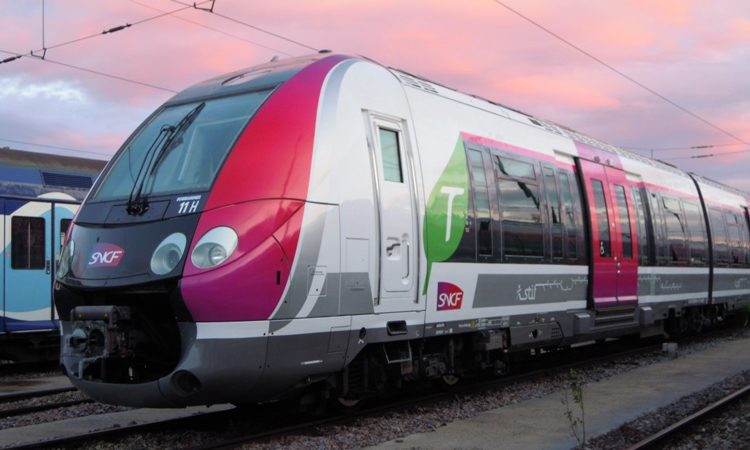The use of smart rolling stock at SNCF Mobilités
Posted: 10 September 2018 | Philippe de Laharpe - SNCF Mobilités | No comments yet
Ahead of Digital Rail Revolution’s upcoming webinar, Digital Rail Revolution: The top five trends in rail digitalisation, we speak to one of the conference’s speakers, Philippe de Laharpe, Project Chief for Telediagnostics, SCNF Mobilités, about the benefits the French operator is experiencing following the digitalisation of its rolling stock.


Connectivity of modern trains is not only ‘nice to have’ and of moderate cost for new trains (due to the tremendous downscale of electronic devices), it is a major lever for improving both TCO and operations in many ways. For approximately 10 years, along with the arrival of its latest rolling stock, SNCF has been evaluating and implementing various benefits from smarter trains.
Enhanced operational reliability and quality of service
Continuous reporting of minor faults and redundancy losses allow for the early identification of in-service failure. This means that a significant part of those failures can be mitigated with corrective maintenance activities prior to customer impact.
SNCF now runs these pro-active troubleshooting tools and processes on various fleets on a daily basis.
Enhancing rolling stock availability
There are many positives of using smart rolling stock:
- For operations, as the health status is constantly refreshed, uncertainty about a trainset’s remaining capabilities is reduced and it enables better usage of impaired trains
- For maintenance, having access to detailed on-board data makes it possible to perform diagnosis activities whilst the train is still running, instead of waiting for the train to be at the depot. It also allows for logistic issues to be anticipated – preparing a maintenance slot on a specialised track, ordering spare parts, or even diverting the asset to another depot.
Ultimately, detailed sensor data reduces the need and duration of rolling stock inspections. This feature is already in use in our depots for our most modern assets.
Cost reduction
As the number and length of inspections is reduced, personal costs and maintenance track usage are impacted. But the most serious improvement is the cut on logistic times: Maintenance is prepared and targeted on essential tasks only, with the supply chain taken into account.
Risk management
When the health status is assessed, risk status can be evaluated and confronted to revenue issues. This enables pertinent decision-making on operational control centres.
A more down-to-earth, but very useful feature is to assess the correct functioning of doors after maintenance activities, where the tuning is delicate.
All these benefits are the result of data collection and appropriate data usage. Although the value of raw data is approximately zero, SNCF knows how to get it analysed, correlated and integrated into the business process to be turned into value-added actions.
Besides the newest trains, our experience in fitting older fleets with data-gathering and transmitting systems appropriate to the clients’ use case covers low-rate IoT to full 4G streams, and are used on an everyday basis.
As the digitalisation of maintenance is not only a technical issue but an industrial one too, SNCF connects its notification system from every source (driver, train manager, IO, on-board data, trackside data, etc.) in order to provide a 360-degree insight for our supervision centres and depots. The work orders and traceability sheets are then capitalised for continuous improvement.
Our next goal and current work-in-progress is to provide an automated and adaptive planning recommendation with a good balance between the robustness of the programme and optimised usage of resources.
Philippe de Laharpe will be discussing these digitalisation benefits and more in his session ‘The Use Of Smart Assets In Real Operational Use Cases’ at the Digital Rail Revolution conference on 21 November in Paris. Click here to guarantee your place now.








